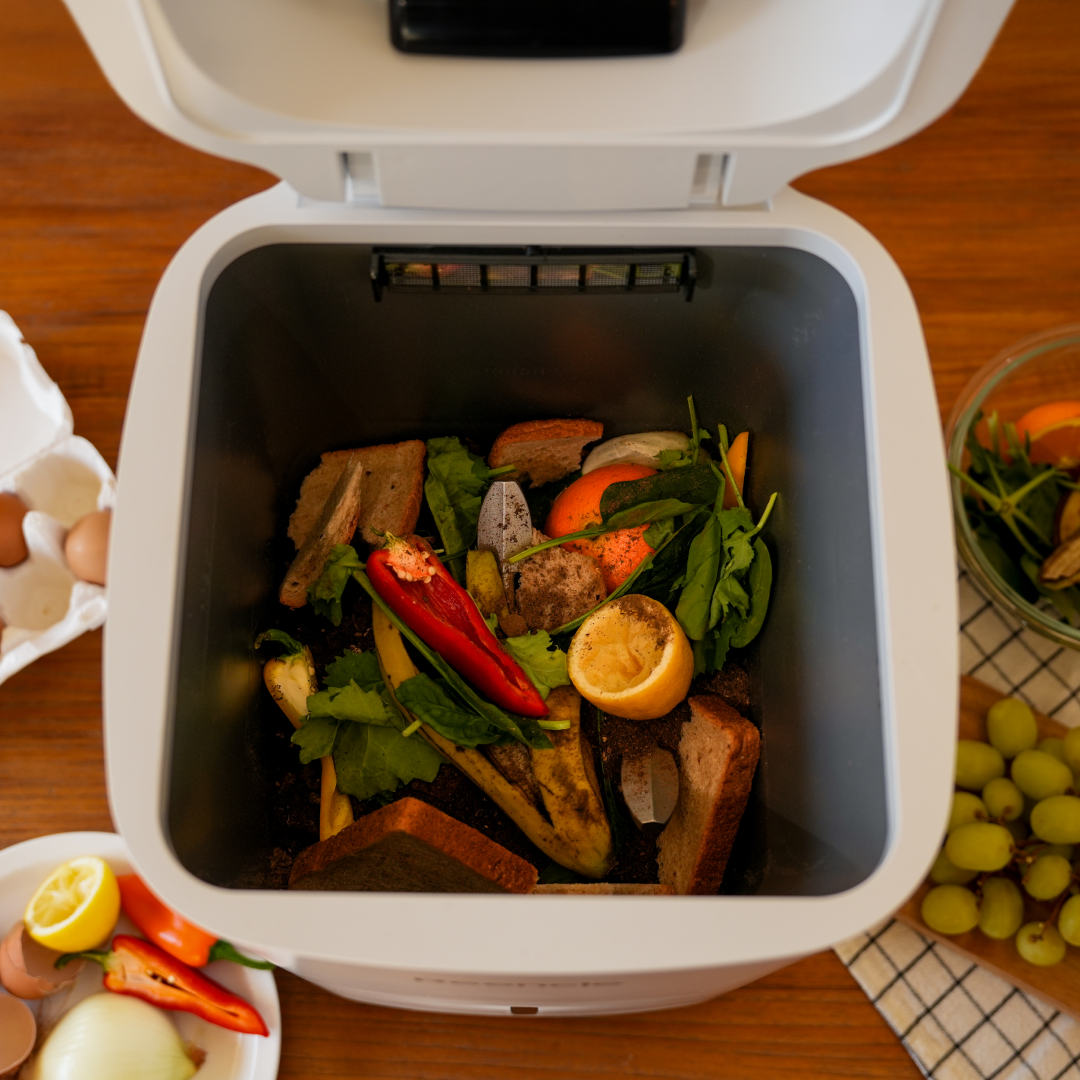Stars, Stripes, and Surplus: The Hidden Cost of America's Independence Day Feast


Why does our partnership matters
For every purchase, we plant 1 TREE to nurture our planet 🌲Together, we are sowing the seeds of change and cultivating a greener, more sustainable world.
Anything else?
Anything else?You willl also receive an official certificate from Greenspark as a token of appreciation for your commitment to the environment! 📜
How do we see the progress?
How do we see the progress?Join us on this remarkable journey towards an impact dashboard.You can see how your eco-smart choice made the world a better place
 View more
View more
Your support empowers reforestation, fights climate change,
and paves the way for a brighter, eco-friendly future.
Join us on this remarkable journey towards a cleaner,healthier planet.
Shop with a purpose, shop with Reencle! 🛒💚
Every July 4th, Americans fire up their grills across the nation. But along with the fireworks and festivities, we're also wasting approximately 20% of the food prepared for the occasion. While the scale of waste isn't dramatically different from previous years, it's becoming an increasingly costly habit in more ways than one.
The Scale of the Problem
This year, approximately 68% of Americans are expected to gather for backyard barbecue parties, preparing the usual array of patriotic staples. However, according to new calculations by ReFED based on the American Farm Bureau Federation's 2024 July 4th market basket survey, by the time the fireworks fade, an estimated 126 million pounds of food will go uneaten – worth approximately $398 million.
To put this waste in perspective: the water used to produce this discarded food could meet California's household water needs for about 14 days. That $398 million worth of wasted food could provide groceries for 300,000 households for an entire month.
Rising Costs Hit the Grill
Americans are spending more on this food than ever before. The average cost of a July 4th barbecue has risen more than 4% over the past year, outpacing general inflation. Familiar barbecue staples like chicken, ground beef, tomatoes, and ice cream have all seen price increases due to seasonal demand and ongoing supply chain issues.
Ground beef exemplifies this trend most dramatically. While July 4th waste quantities for beef trail behind ice cream, pork, and potato chips, beef remains both the most popular and expensive item on the grill. Ground beef retail prices have jumped nearly 6% over the past year.
The Environmental Impact Beyond the Price Tag
Beef alone is expected to account for more than half of all methane emissions from July 4th food waste – equivalent to powering 50,000 households with electricity for a year. Methane is more than 80 times more potent than carbon dioxide in the short term, and few foods leave as large a footprint as beef and dairy products.
These two food categories account for at least 12% of all methane from food waste and are also major contributors to landfill emissions – the third-largest source of human-caused methane in the United States. Reducing food waste, therefore, isn't just about saving money. It's one of the most urgent yet overlooked tools we have for combating climate change.
Home is Where the Waste Is
According to ReFED research, more than 35% of food waste occurs in households – around refrigerators, outdoor barbecue parties, and picnic tables. This makes residential food waste an increasingly impossible problem to ignore.
Solutions for a More Sustainable Celebration
This isn't a call to skip the celebration. But there are simple ways to reduce food waste from how we celebrate:
- Plan realistically – estimate portions more accurately
- Serve appropriate amounts – avoid the "more is better" mentality
- Store leftovers properly (or send guests home with care packages)
- Compost food scraps when waste is unavoidable
Small changes add up to big impacts.
A Call for Change
As food prices rise and climate impacts become increasingly real, taking action to reduce food waste is more important than ever. With conscious planning and mindful consumption, we can maintain our patriotic traditions while building a more sustainable future.











